Вы здесь
History of town of Otrar.

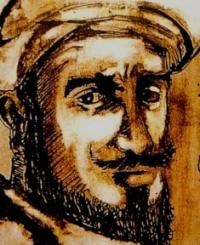
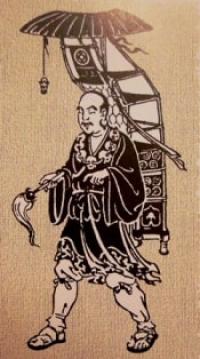
Walk on ancient settlement Otrar.
"A cat can get from Otrar to Sairam by jumping over the tops of houses, if it wants to"
Tours on ancient settlement Otrar.
Jenghis Khan's army stopped at Otrar gate. What do we know about this town? It is known that the oasis covered over 150 small towns, fortresses, castles and fortified settlements connected with one another by a chain of caravanserais of the Great Silk Road.
In the time of its flourishing the population of Otrar n umbered about a quarter of a million. As to the population density you can get an idea from the proverb: "A cat can get from Otrar to Sairam by jumping over the tops of houses, if it wants to".
The distance was not small - thirty farsahs. a four-days* nonstop march of a caravan.The first town-type settlement on the Otrar place is dated the Ilnd century B.C. Its founders were the Kangyus - decendants of the Saks.
On the eve of the new era they were so nomcrous that in case of danger they could gather together with allied nomadic tribes about one hundred and twenty thousand strong army. The Kangyus were engaged in farming, irrigated lands were given to wheat, millet, rice, melon fields.
The nomads raised sheep, goats, cattle, horses and camels. The tribe name was given to the town. In ancient runic characters (the VI - Vlll-th centuries) there are many records of Kangu-Taraban. which scholars refer to Otrar of the latest time.
In 737-748 the town of Kangu-Taraban was conquered by the Arabs. As is often the case proper names acquire a new sounding according to the rules of another language. The same took place in this case. The first part of the town name - "Kangu" - was omitted whereas "Taraban" was transformed into Arabic "Farabi".
Otrar is the birthplace of the great scientist and philosopher of the Middle Ages Abu Nasra ibn Mohammed who came into history under the name of Al Farabi. The thinker lived between 870 and 950. Thanks to his philosophical thinking and encyclopaedic knowledge he was called the Second teacher of mankind after Aristotle when he was still alive.
Al Farabi lived in the happy time for Otrar. Not only trade was flourishing in the towns of the large Arab ealiphat but science and culture as well. There were three centuries ahead before the first universities appeared in Europe.
Whereas in Bagdad, Shakhrisyabs. Khorezm, Balasagun and Gerat there were I brilliant scientists and scholars working in the East. Among them the name of All Farabi was shining like a bright star; his treatise on classification of sciences opened a way to learning for centuries ahead.
It is not without reason that all the great scientists after him such as Avicenna, Al-Buruni. ash-Shirazee. Makhmud Kashgari, Yusuf Balasaguni, Ulugbek, ibn al-Arabi considered themselves to be his disciples. In the time of the Mongol-Tatar invasion Otrar was a firstclass fortress with about sixty thousand warriors in its garrison.
But the forces were not equal. Gaiyr Khan's warriors fought staunchly and bravely against the invaders, for five months battles were fought on the walls of the town, the inhabitants courageously stood the siege of the enemy.
It was the treacherous hand of Karacha Khan that opened the gate of the fortress through which the Mongols burst into the town. Gaiyr Khan together with twenty thousand brave defenders took cover in the citadel and stood for three months more but after unequal battles and death of his courageous warriors the khan was captured, tied up put into heavy chains and taken to Jcnghiz Khan's headquarters.
Out of respect for Gaiyr Khan's bravery and courage an order was given to perform an execution of honour - to smelt silver and pour it into the prisoner's ears and eyes. That was the end of Otrar. Traveller! Bend your head to the memory of its courageous defenders!
Destroyed was not only the fortress that fully exhausted its defence potentialities but ancient and powerful civilization that had a 1500 year-old history. After the Mongol destruction the town of Otrar somehow rose up again.
At least, in the travel book of the tzar Getum I who visited Munke - khan's headquarters in 1255 with a diplomatic mission Otrar was mentioned alongside with other settlements. In Timur's time Otrar was revived but then it fell into decav and after 1410 when it was plundered by Shah-Dzhakhan it was abandoned for ever.
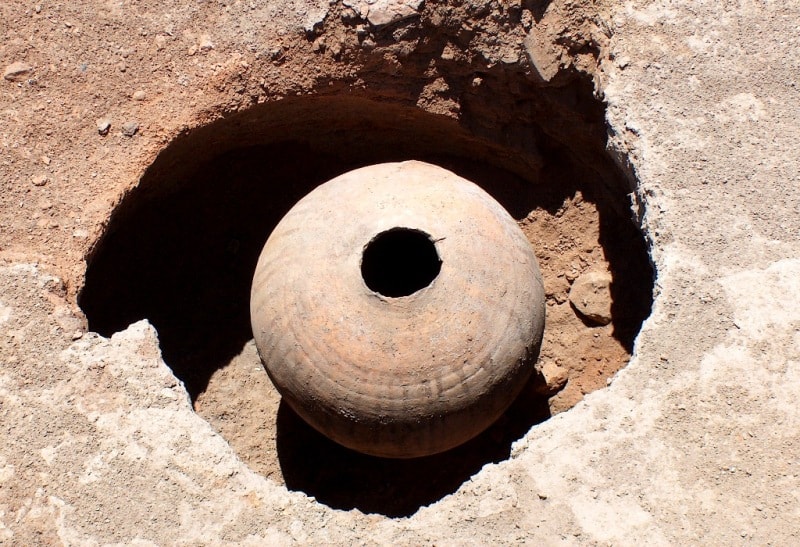
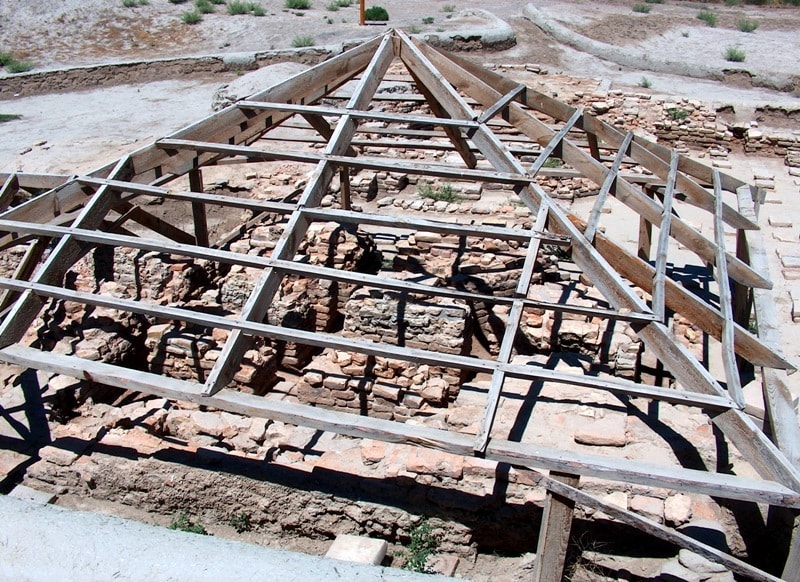
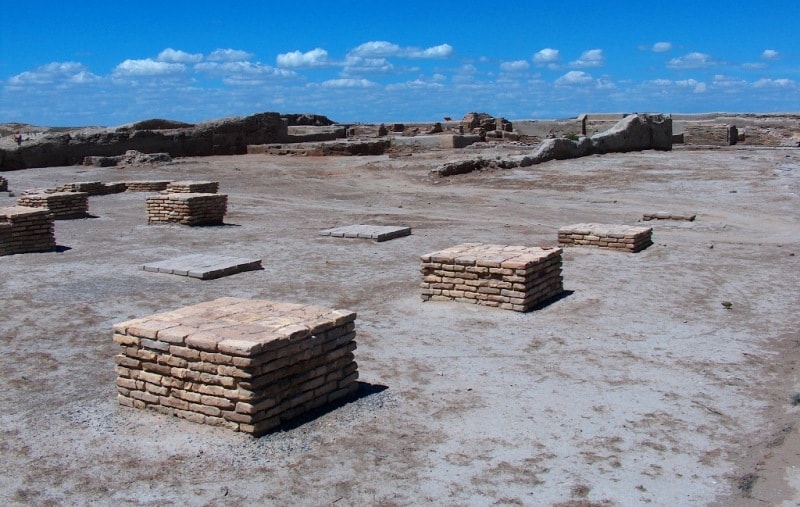
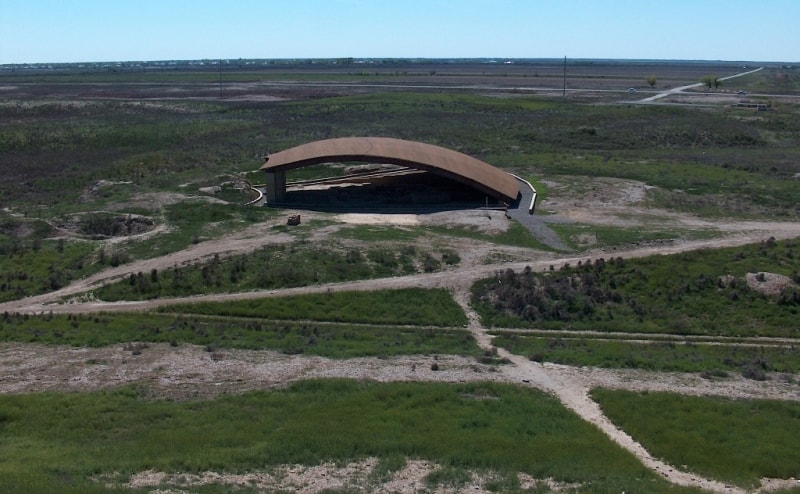
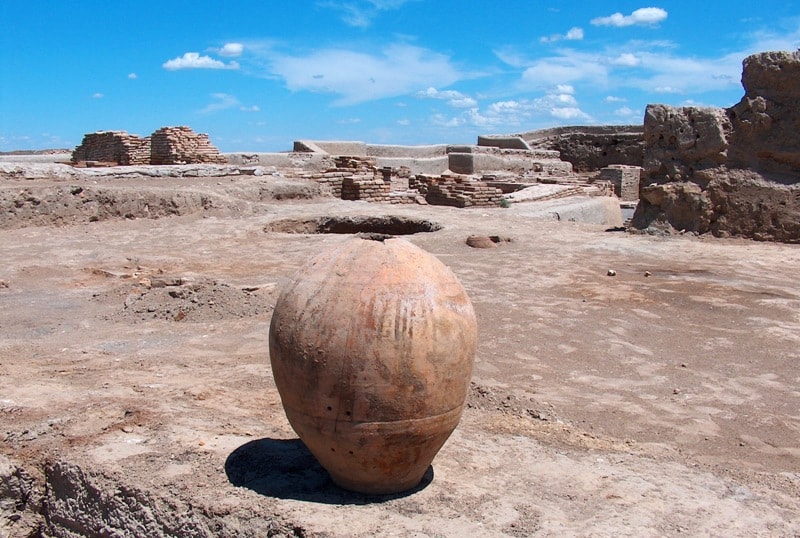
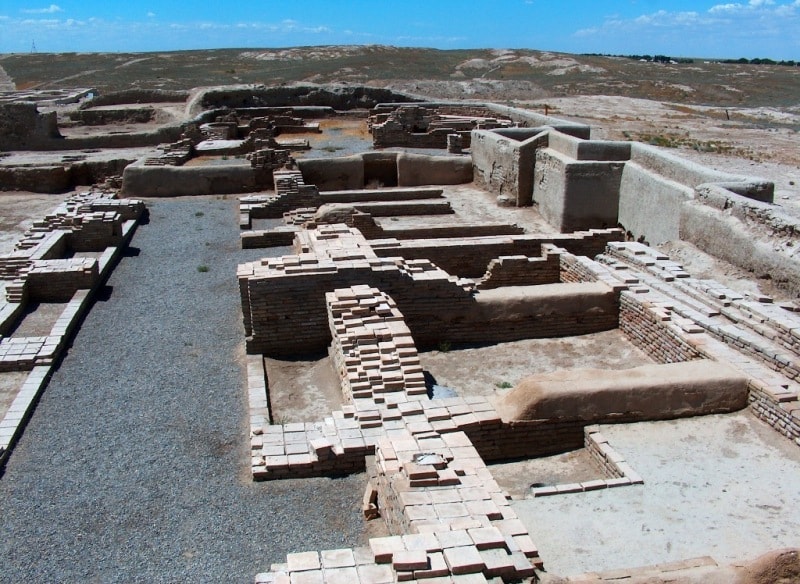
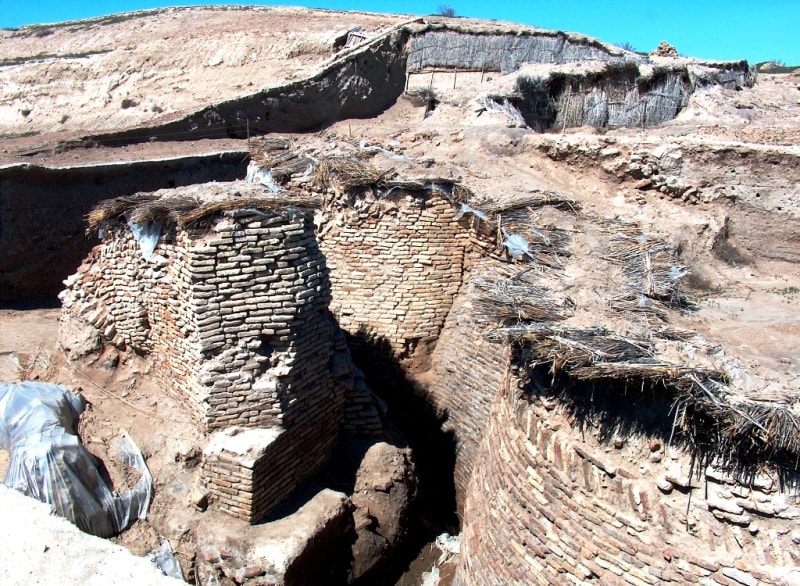
Authority:
«Monuments of the Central Asia». The author of M. Khahsimov. Publishing house, Saga, 2001. Samarkand. «Masterpieces of the Central Asia», Tashkent, Publishing house Sanat, 2004. www.farsah.kz. «Ancient Kazakhstan» Arias, Saki, Hun, Turkis.
Photos
Alexander Petrov.







